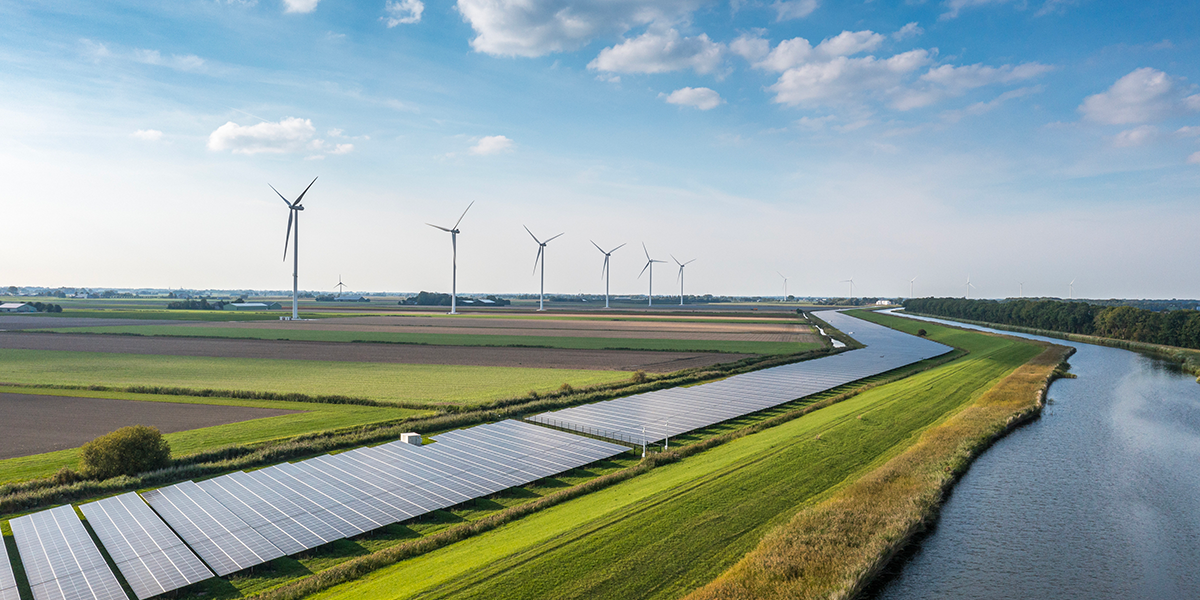
Community banks have long played a pivotal role in their local financial ecosystem, offering personalized services to small businesses, individuals and local governments. These services may not have traditionally included energy infrastructure, but as more energy production moves from centralized to distributed models, this will change.
In 2022, Congress created a $27 billion infrastructure finance fund as part of the Inflation Reduction Act titled the Greenhouse Gas Reduction Fund (GGRF). Community banks are well-positioned to leverage this fund, benefiting their customers, their local economy and their local environment.
Understanding the Greenhouse Gas Reduction Fund
One of the primary goals of the GGRF is to catalyze private lenders to participate in financing these projects, particularly in low-income and disadvantaged communities — census tracts often overlapping partially or entirely in the bank’s Community Reinvestment Act assessment areas.
This fund is split into three components: the National Clean Investment Fund (NCIF) with $14 billion across three coalition awardees, the Clean Communities Investment Accelerator (CCIA) with $6 billion across five community development financial institutions network awardees and Solar For All with $7 billion across 60 awardees, most of whom are state energy offices.
The different pools of capital have different intended purposes and deployment channels, but all have the goal of recycling their capital through secondary sales to create a sustainable funding program.
There are opportunities for community banks to access capital in all three. The most optimal is likely the following three paths.
1. Leverage credit enhancements: Offered by the GGRF awardees and sub-awardees, credit enhancements can protect the bank’s capital against loss while reducing costs for the end customer. This allows the bank to be the primary lender for eligible projects in their community, further enhancing their brand while also collecting origination fee income.
2.Buy pools of originated loans: The second path is an easy one for bank finance committees to get behind as the process is buying other loan portfolios once they’ve been originated and the projects move through the construction phase. Banks that are participating as lenders in the program can sell off their loans to the same buyers, keeping their fee income and a small portion of the original loan and customer relationship.
3. Lend money to the green bank and community lenders: Banks can provide balance sheet and operational capital support to the CDFI lenders operating in the communities where the projects will be sourced and constructed. Under the CCIA program, each CDFI can only receive a maximum of $10 million, which they could exhaust quickly and need additional balance sheet capacity to continue lending.
The US Environmental Protection Agency (EPA) has finalized the award contracts and money is already beginning to flow. Certain NCIF awardees are now actively exploring investment opportunities; CCIA and SFA capital pools could begin disbursing in the first quarter of 2025. Deployment plans and partnership agreements are being worked on now so interested banks should reach out to begin exploring how they can best participate.
Financing Beyond GGRF
GGRF is a great gateway for banks to begin lending for energy infrastructure in their communities, and after banks have gotten comfortable leveraging those credit enhancements, there are a host of other government capital pools that can be accessed. The U.S. Department of Agriculture’s Rural Energy for America Program grant can cover as much as 50% of the cost of a renewable energy system for rural Americans. Similarly, the Department of Energy has its own programs, as do many other federal and state agencies. By learning which programs are available in your area, you can be sure that you are maximizing the return for your customers by improving their energy resilience, increasing the health of the U.S. economy and protecting your capital without sacrificing yield.


